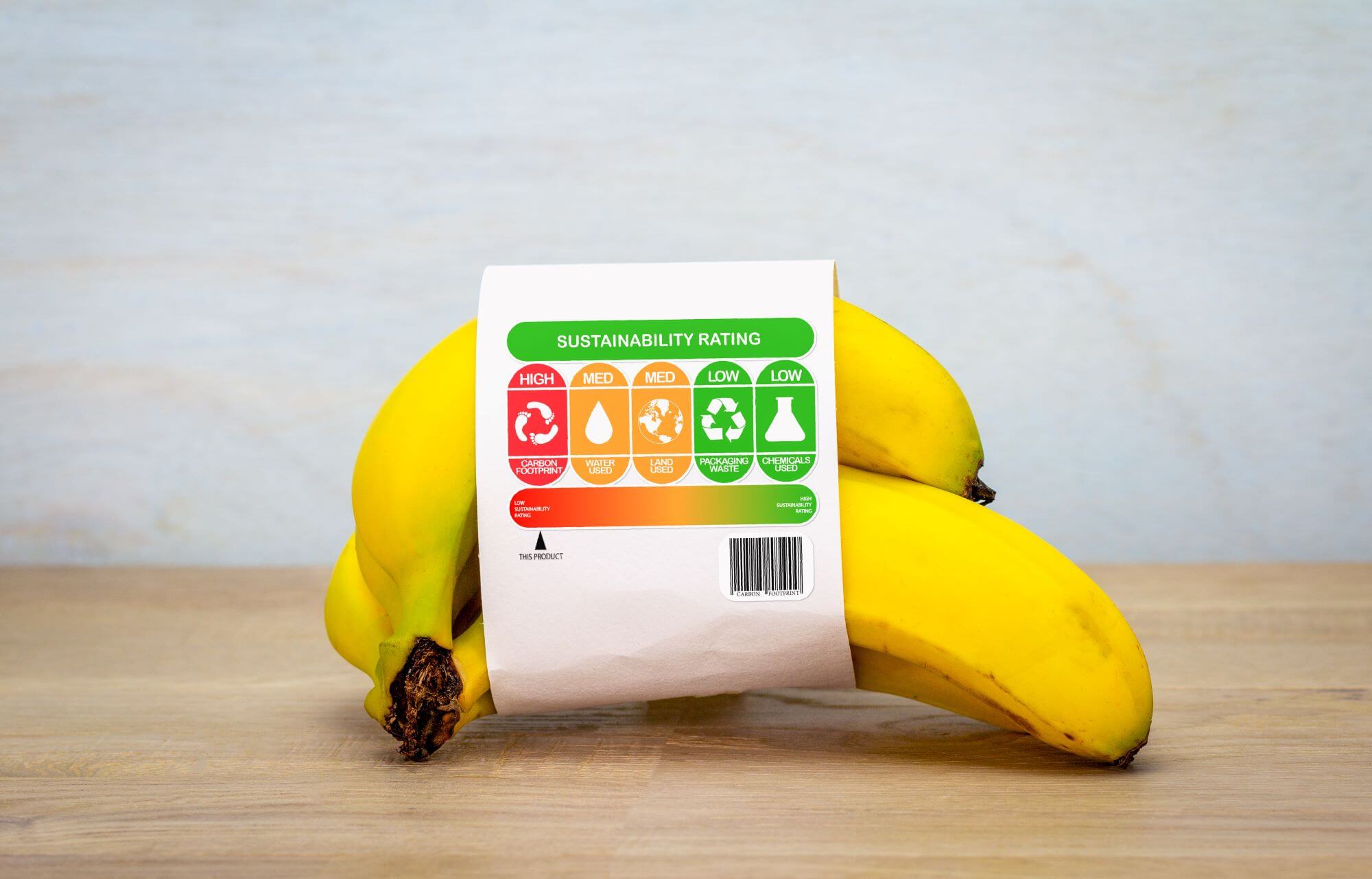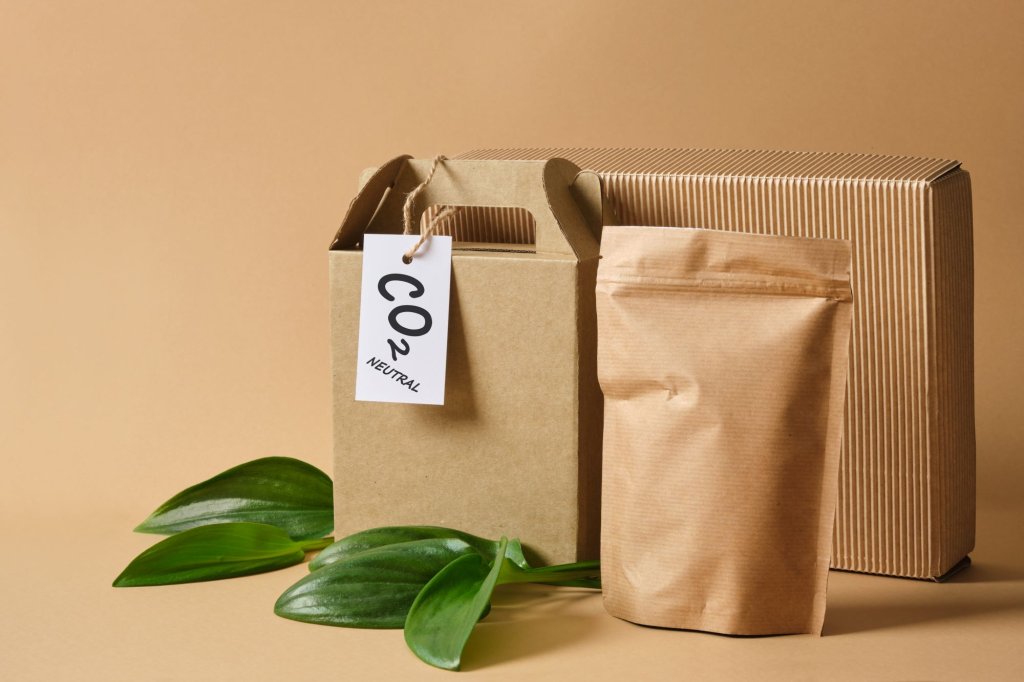As consumers become aware of the negative impact of packaging on the environment, the demand for sustainable packaging is rising steadily. Companies must reduce the environmental impact of their packaging without compromising the safety and quality of their products. The need to be environmentally conscious has caused an increase in innovations and advancements in sustainable product packaging.
There are many innovations in sustainable product packaging, from smart packaging to biodegradable materials and circular economy principles. FIBC bulk bags manufacturer is also essential in the sustainable packaging movement. These bags are used in storing and transporting certain goods and are slowly becoming sustainable with time.
This article will explore the latest trends and advancements in sustainable product packaging.
Sustainable packaging is the use of materials that have a minimal impact on the environment. It minimizes energy consumption and reduces waste. Here are some of the trends and advancements in sustainable product packaging.
Reusable Packaging
Reusable packaging is a trend in sustainable packaging. Businesses can use containers several times before discarding them. Fabric bags, glass bottles, and metal tins are good examples of reusable packaging. Moving from single-use to reusable packaging can help reduce the environmental burden. The use of reusable packaging helps to conserve resources and reduce waste.
Biodegradable Materials
Biodegradable materials can be decomposed naturally by fungi, bacteria, or algae. Biodegradable materials (like sugarcane, cornstarch, and bamboo) break down naturally, causing significantly less environmental harm than traditional plastics, which release harmful chemicals as they decompose. These materials reduce the amount of waste in landfills; they can be composted and used as fertilizers.
However, not all biodegradable materials are the same. Some materials, like bioplastics, need specific conditions to decompose. If they end up in the environment and those conditions are not available, they take longer to decompose and contribute to pollution.

Recyclable Materials
Recycling involves processing used materials to create new products. Many materials, like metal, plastic, and paper, are used in recyclable packaging. Recycling plants can recycle aluminum foil and cans into bicycles, car parts, and other cans. They can also recycle plastic from beverage bottles into containers, carpeting, and clothing.
Recyclable materials conserve energy and reduce the carbon footprint of packaging. Contamination of recyclable materials makes it hard to recycle them. Consumers and businesses need to dispose of and sort recyclable materials properly to make recycling easier.
Carbon Footprint Reduction
Carbon footprint reduction is an essential aspect of sustainable product packaging. Reducing the carbon footprint involves using materials and manufacturing processes that emit less carbon dioxide and greenhouse gases.
Reducing the packaging carbon footprint can be done in several ways. One way is to reduce the amount of material used in packaging, making it lightweight. Another way is using renewable energy in the transportation and manufacturing process. Reducing the carbon footprint promotes sustainability by encouraging the use of techniques and materials that are environmentally friendly.
Innovative Packaging Design
Innovative packaging design involves creating environmentally friendly and functional packaging. Innovative packages enable easy reuse and recycling by consumers. One way of creating innovative packaging design is by using compostable or biodegradable materials. Compostable materials can be added to compost, while biodegradable materials break down naturally.
Minimalist packaging is another innovative design that uses simple, streamlined designs requiring minimal materials. Businesses can also sell products without packaging (‘naked’ products). Another innovative packaging design is interactive packaging, which engages the consumer and enhances their overall experience while purchasing the product.
Sustainable Printing
Sustainable printing uses eco-friendly materials and methods to create packaging designs. It also involves using non-toxic ink. Eco-friendly inks are manufactured from renewable materials and do not contain heavy metals and harmful chemicals.
Another material used in sustainable printing is recycled paper. Using recycled paper reduces the amount of virgin material needed in paper production. Recycling paper helps reduce deforestation.
Sustainable printing also includes the use of digital printing. Digital printing technology produces less waste and energy than traditional printing methods. Sustainable printing helps reduce the environmental impact of the printing process.
Smart Packaging
Smart packaging involves including electronic tags and sensors in packaging materials. The sensors contain information about the product, such as authenticity, freshness, and shelf life. This information helps consumers make informed purchasing decisions and enhances product safety.
Smart packing lets suppliers track the products’ location and environmental conditions during storage and transportation. Innovative packaging ensures that the product remains fresh and of high quality.
Another example of smart packaging is active packaging. Active packaging interacts with the product helping to preserve its quality. One type of active packaging has antimicrobial agents that hinder the growth of harmful microorganisms in the product. Another active packaging has oxygen scavengers that can absorb oxygen and help maintain product freshness.
Innovative packaging not only enhances the consumer experience but also helps maintain product quality.
Plant-Based Materials
Plant-based materials are compostable and biodegradable. An example of plant-based packaging is bioplastics made from sugarcane, potato starch, or cornstarch. Another example is paper made from trees and readily biodegradable and compostable. Bamboo, hemp, and cotton are also plant-based materials used for packaging. These materials require less manufacturing energy, reducing greenhouse gas emissions and the carbon footprint.
Circular Economy Principles
Circular economy principles are essential in sustainable product packaging. The circular economy model targets waste reduction and maximizing resource value by keeping materials for as long as possible. One of this model’s principles is designing long-lasting and durable products. Circular economy principles emphasize the use of renewable materials that are biodegradable and compostable.
Another essential principle is closed-loop systems, which aim to minimize pollution and waste. These systems comprise reusing and recovering resources and materials at each product lifecycle stage, minimizing waste, and reducing the need for new materials.
Embracing Sustainable Packaging For A Better Future
Sustainable product packaging has become increasingly important in today’s business world, where consumers prioritize environmental sustainability. FIBC bulk bag manufacturers are crucial in producing sustainable packaging because they can create environmentally friendly and functional packaging.
Businesses can improve their brand reputation, reduce environmental impact and attract environmentally friendly customers using sustainable packaging. To create an environmentally conscious packaging strategy, companies need to evaluate the entire lifecycle of their packaging and products.
However, it is essential to acknowledge the challenges and limitations of implementing some of these strategies. For example, the high cost of certain sustainable materials, consumer resistance to change, or the lack of infrastructure for recycling and composting certain materials. Overcoming these obstacles will require innovation, collaboration among stakeholders, and commitment to environmental responsibility.
By staying updated on the recent trends and advancements in sustainable product packaging, businesses can remain competitive in a rapidly evolving market and help create a more sustainable and environmentally friendly future.

